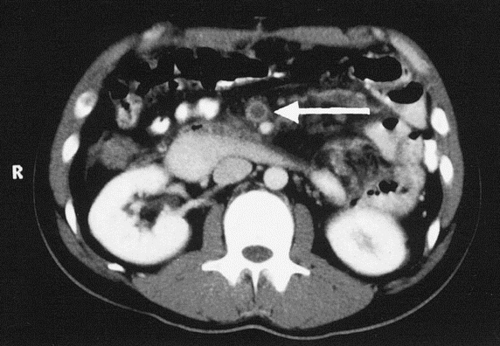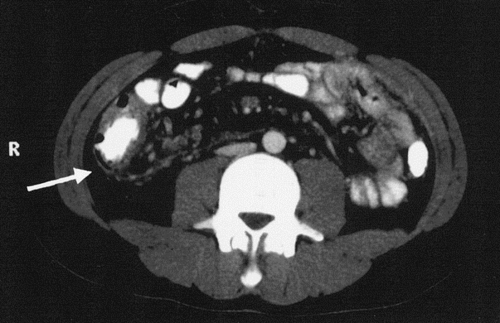I always encourage people to be careful when reading abstracts. Read the entire article, I say. Here’s a perfect example of why this is true.
Artificial blood products have been one of the holy grails of trauma for decades. Typically, a new one is developed, shows promise, then flames out for one reason or another. MP40X is yet another hemoglobin molecule that has been shown to improve tissue oxygen delivery. A multi-center clinical study was designed to look at clinical outcomes in real trauma patients. The study involved 38 hospitals, and was placebo controlled. Only patients in hemorrhagic shock with an elevated serum lactate were enrolled. The primary outcome was survival at 28 days.
Here are the factoids:
- 313 patients were successfully studied over 17 months, with nearly equal numbers of MP40X vs normal saline controls
- The two groups were well-matched for the usual demographics
- Mortality for MP40X was 12% vs 14% for controls (not significant)
- Serious adverse events were the same (36% vs 37%)
- 57% of MP40X patients were alive at 28 days vs 50% of controls (not significant)
- Ventilator-free days, hospital-free days, and organ failure was the same between the groups
However, the authors conclude:
“While there were promising trends to suggest a potential for improved outcomes, the study was underpowered to confirm the efficacy of MP40X in trauma hemorrhage.”
Bottom line: When someone designs a study, especially a multi-center study that lots of people will spend their time and money on, the investigators are responsible for doing it right. This includes trying to estimate how many patients are needed to have a chance of showing a significant difference. Granted, this may be somewhat difficult with a new product or drug, but at least estimate on the high side.
This study abstract blames the lack of results on not having enough subjects. If that is truly the case, the reasons for underpowering it should be explained in the abstract. Otherwise, it just looks like they are making excuses and raise hopes for an ineffective product.
Reference:Effects of MP40X, an oxygen therapeutic, on clinical outcomes in trauma patients with hemorrhagic shock: a Phase IIb multi-center randomized placebo-controlled trial. AAST 2013, Paper 15.
A hat tip to the Skeptical Scalpel for bringing this paper to my attention.


